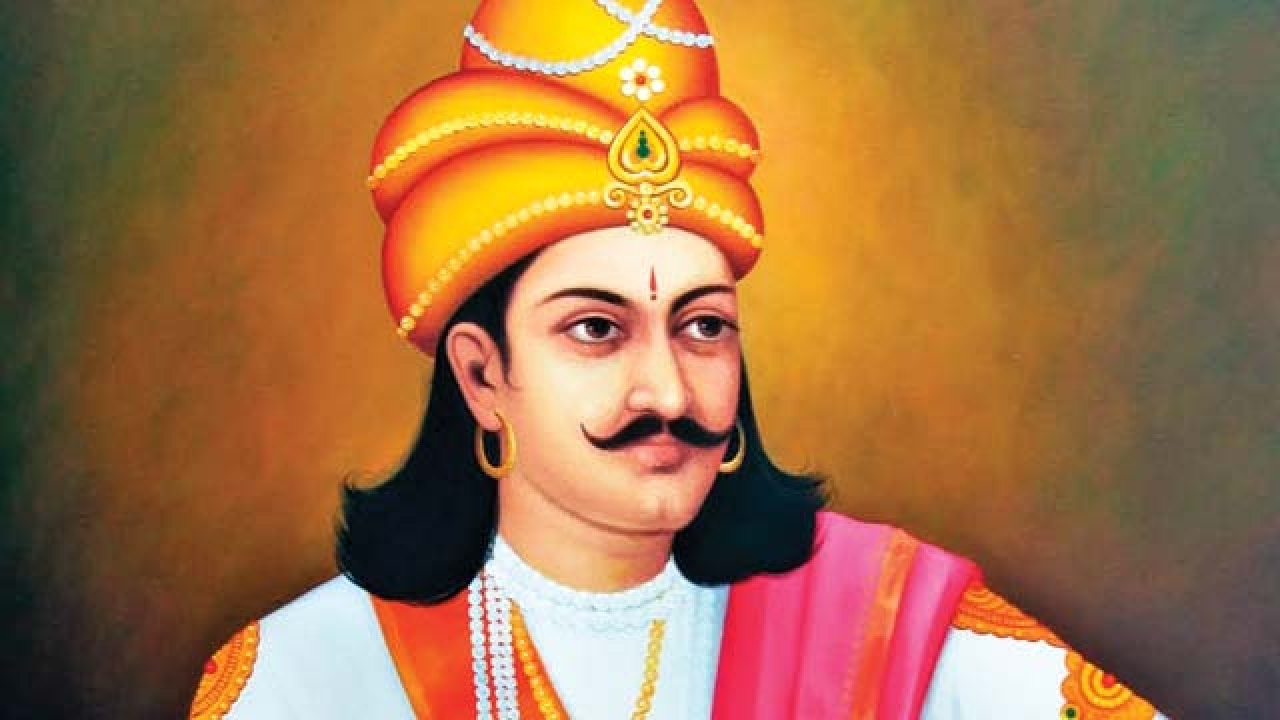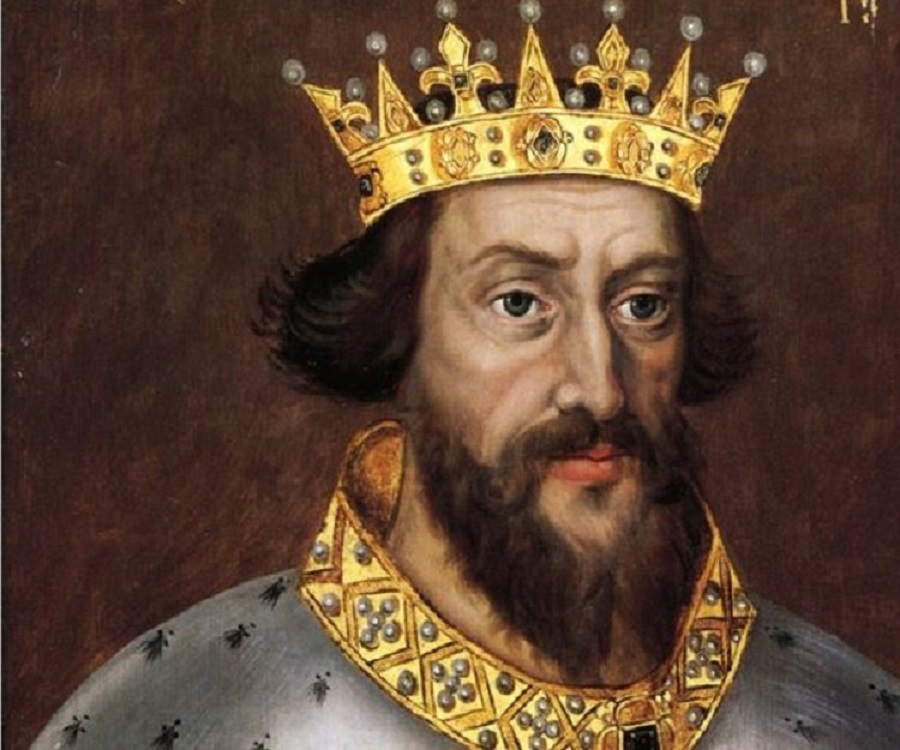-Bidhan Chandra Bhattarai

What do you think of when you first hear the word Statistics?
Let me wonder, you probably think of numbers, graphs aligned together, spider plots and bar charts describing a certain data. If you have taken a formal course in statistics, you probably think of mean, median, correlation, regression and all other measures of statistics.

- There have been some records of population census in Babylonia and in China as early as 3800 BC. That is considered to be the first ever recorded use of statistics.
- The literature of northern India, during the reign of, king Ashoka The Great (270-230 BC) of Maurya Dynasty mentions records of the census being taken.
- During times of stress, Greeks conducted census counting the adult male population during wartime and general populations every time rations were in short supply.
- The Romans counted and registered adult males and their property for war and administrative purposes. The Sixth King of Rome, Servuis Tullius, who reigned from 575 to 535 BC, has been credited for instituting the gathering of population data. Also, 2000 years ago, each male in Rome had to return to their city of birth to be counted.
In the Thirteenth century, Paris included the tax lists of those Parisians who were subjected to tax.
Let Us Talk About William The Conqueror.
When it came to Statistics and Data Collection, William The Conqueror was a visionary. He required the compilation of landholdings held by himself and his vassals throughout his kingdom, organized by counties. It resulted in a book we know today as the Domesday Book, initially published in 1086 AD.
The Domesday Book is considered to be one of the most important source of statistical history for modern historians, and history economists. The book remained the largest survey conducted in Britain for centuries.

- Girolamo Cardano was a sixteenth century Italian polymath, whose interests and proficiency ranged from Mathematics, Physics and anything and everything in the field of science. He wrote a book called Liber de ludo aleae (“Book on Games of Chance”) and it was the first known study of principles of probability. This book not only contains a systematic report of probability but also a section on effective cheating methods. I recommend this book to all 3 of you reading this post.

- We now come to the Eighteenth century Germany. Gottfried Achenwell was a German philosopher, historian, jurist and statistician. He is considered to be one of the founders of modern statistic, and first introduced the term “Statistk” in 1749 in a book, which described the analysis of demographic and economic data about the state.
The Mathematicians and their contributions
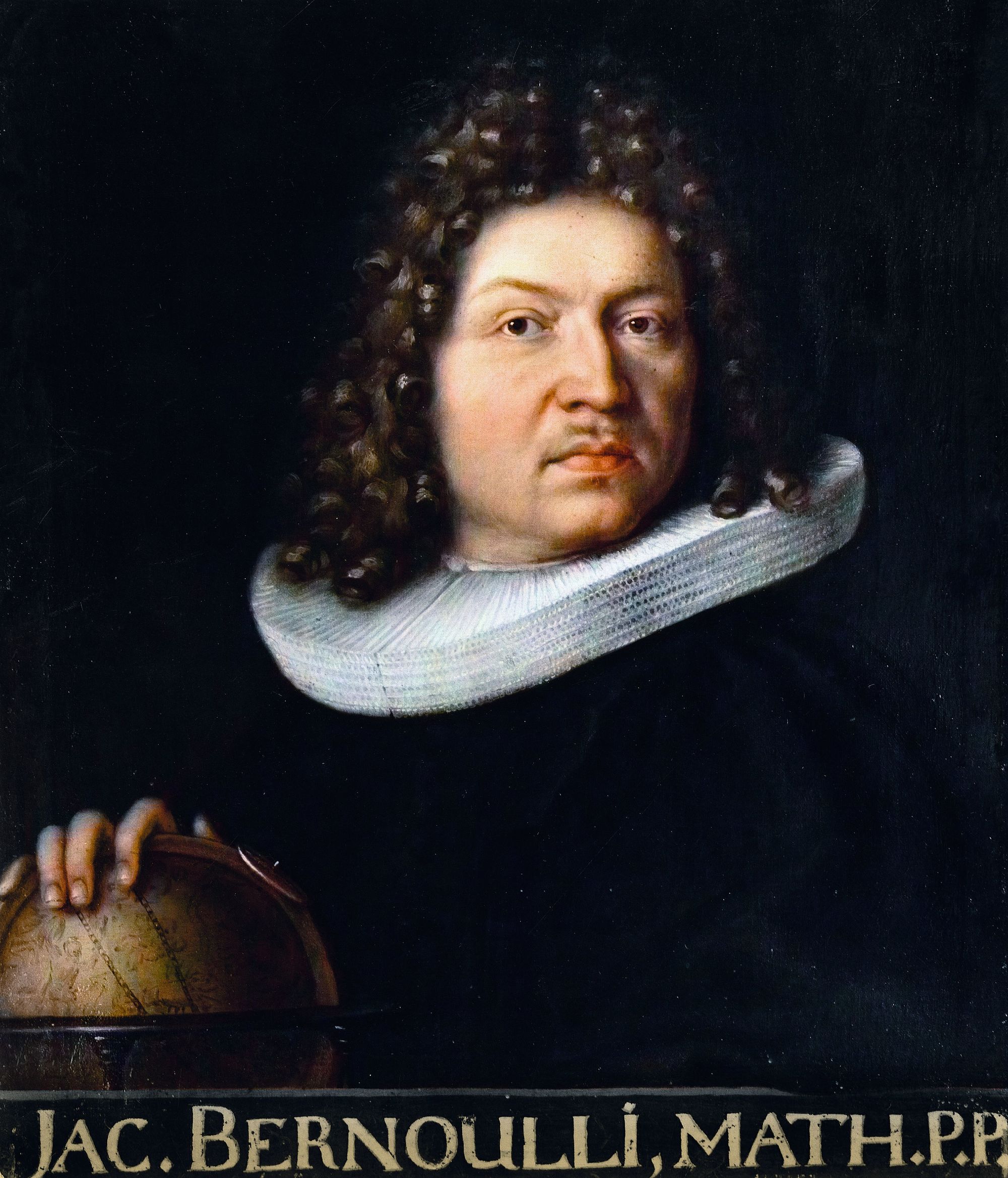
- We now enter the era of the mathematicians. Let us start with the infamous Problem of Points. There are two problems in probability that originated from the professional gambler Chevalier de Méré (1607-1684). The problems were solved jointly by Pascal (1623-1662) and Fermat (1601-1665) . The solutions to these problem were later the foundations for probability. Read about the Problem of Points here. Other mathematicians including Leibniz and Huygens also played a huge part in the development in this field.
The issue with the study of probability was that it did not consider or answer the inferential problem. “How from one or several outcomes of the game, could one learn about the property of the game and how do we quantify the uncertainties?“
- It was Jacob Bernoulli who made major inroads in solving this problem. His work Weak Law of Large numbers was published in 1713, and proposed that the proportion of success in N trials was the correct way to measure probability.

- De Moivre is credited significantly for the modern theory of statistics. He refined Bernoulli’s work and came up with Normal Curve as an approximation to binomial probabilities. This is the one of the greatest discoveries in the entire history of mathematics, let alone statistics.

- In 1755, Thomas Simpson introduced the notion of error curves, including the very important concept of probability density functions. He proposed a triangular shape for Probability Distribution Functions.
- The triangular shape was refined by a variety of scientists and mathematicians including Lagrange ( Parabolic) and Laplace (normal).
- Now, we reach at that point where we made a very significant progress in the field of Probability and Statistics. It was 1809, and Gauss showed the sample maximizes the likelihood of errors only when the error curve is of the form. This is the least square estimation.

- In early 1810, Laplace created the Central Limit Theorem, that showed aggregate of a larger number of errors can be normally distributed.
- Later that same year, Laplace studied Gauss’s work and made a connection between least square estimation and Central Limit Theorem. This completely changed the world.
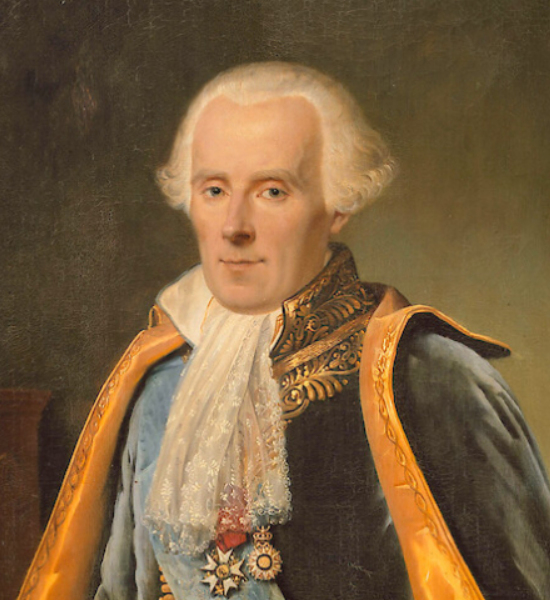
- The Gauss- Laplace synthesis became the major milestone in the history of science and crept into all areas of science and mathematics.
The Legends of the Nineteenth and the Twentieth Century
A lot of mathematicians like Francis Galton and Edgeworth discovered a lot of methods of statistical analysis including regression to the mean and correlation. But we need to learn about the British Mathematician Karl Pearson who is credited with pioneering the first wave of Mathematical Statistics.
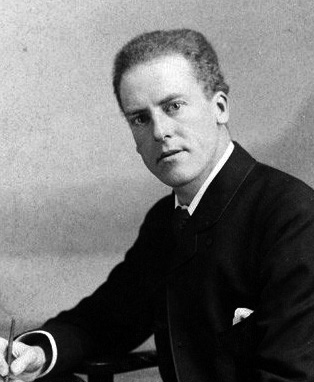
Pearson (1857-1936) introduced moments, Pearson’s correlation coefficient, P-Value, The Chi – Square test, principal component analysis among many other fundamental concepts. He is also responsible for the establishment of the earliest Statistics Department in 1911, at University College London. He was responsible in a big way for the cementing statistics as a formal field of study.
Another legend that we have to mention is Ronald Fisher. Fisher was the pioneer of the second wave of statistics. His books “Statistical Methods for Research Workers”- 1925, and “The Design of Experiments”- 1935, which were the guidelines in defining academic discipline of statistics in around the world. It has been said Fisher was a guy who was “a genius who almost single-handedly created the foundations for modern statistical science” and “the single most important figure in 20th century statistics.”
After the second world war, statistics as an academic discipline completely took off. It has become an interdisciplinary subject that is being taught in all sectors of education. Statistics is what governs the world, and statistics is something that can make you take the right decisions, and to an extent, statistics is the field that will help you predict the future.
